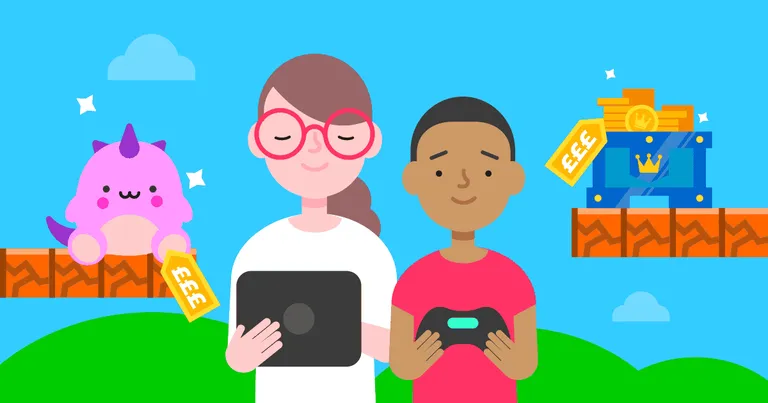In the past decade, gaming has transformed from a simple pastime into a multi-billion-dollar industry. One of the biggest shifts in this evolution is the rise of in-game purchases. Whether you’re playing on a console, PC, or mobile device, you’ve probably encountered options to buy extra content, cosmetic items, or upgrades. While these features enhance gameplay, they can also be confusing or even overwhelming for new players. This guide breaks down what in-game purchases are, their types, benefits, risks, and how to manage them wisely.
What Are In-Game Purchases?
In-game purchases, often called microtransactions, are digital items or content that players can buy within a game. Unlike buying the game itself, these purchases typically add extra value, convenience, or personalization. They range from purely cosmetic items (like skins and outfits) to items that directly affect gameplay (such as power-ups or extra lives).
Common Types of In-Game Purchases
- Cosmetic Items
- Skins, costumes, weapon designs, or emotes.
- These don’t affect gameplay but make your character stand out.
- Skins, costumes, weapon designs, or emotes.
- Power-Ups and Boosts
- Items that help players progress faster, such as experience multipliers or energy refills.
- Items that help players progress faster, such as experience multipliers or energy refills.
- Downloadable Content (DLC)
- Extra maps, missions, or storylines that expand the game.
- Extra maps, missions, or storylines that expand the game.
- Loot Boxes or Mystery Packs
- Virtual crates that offer random items, often sparking debate over fairness and gambling-like mechanics.
- Virtual crates that offer random items, often sparking debate over fairness and gambling-like mechanics.
- Subscriptions and Season Passes
- Regular content updates, exclusive rewards, or premium access for a monthly fee.
- Regular content updates, exclusive rewards, or premium access for a monthly fee.
Benefits of In-Game Purchases
- Personalization: Players can make their characters and experiences unique.
- Convenience: Time-saving items help skip repetitive grinding.
- Extended Game Life: Developers can continue releasing new content, keeping games fresh and exciting.
Potential Risks to Consider
- Overspending: Small purchases can add up quickly.
- Pay-to-Win Concerns: Games where spending money gives unfair advantages.
- Gambling-Like Features: Loot boxes may mimic gambling behavior, especially in younger audiences.
It’s worth noting that in some regions, discussions about online platforms, such as poker qq online or qqemas, often compare the psychology of in-game spending with digital betting, showing the importance of mindful decision-making in both spaces.
Tips for Gamers to Manage Purchases Wisely
- Set a Budget: Decide how much you’re willing to spend each month.
- Differentiate Wants vs. Needs: Cosmetic items are fun, but they don’t improve your skills.
- Check Parental Controls: Parents should set limits to protect children from accidental or excessive spending.
- Read Reviews: Before buying DLCs or packs, see what other players say about the value.
- Avoid Impulse Buys: Take a moment before clicking “purchase” to ask if it’s worth it.
Final Thoughts
In-game purchases can be a fantastic way to enhance your gaming experience—if managed responsibly. By understanding the different types, weighing the pros and cons, and setting boundaries, gamers can enjoy the fun without falling into financial pitfalls. Like any entertainment expense, balance and awareness are the keys to making in-game purchases a positive part of your gaming journey.

